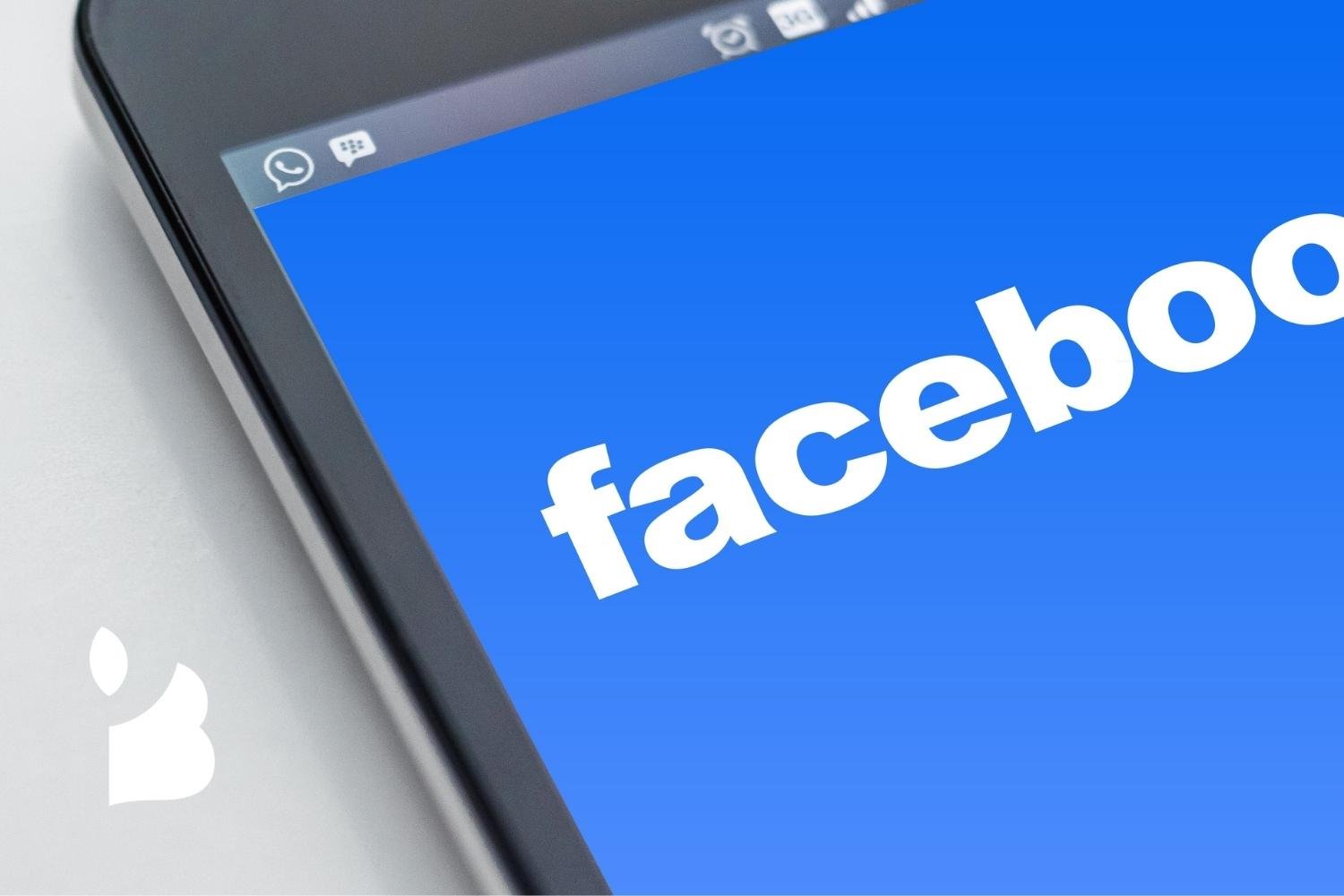Colour psychology & colour meanings: how they impact your brand
Colour meanings play a vital role in how your brand is regarded. Whether you’re a fashion store trying to connect to a more younger audience or a medical brand store attempting to establish customer trust, you can use colour psychology to help you better attract and connect to your ideal customer demographic.
Post summary:
What is colour psychology?
Why are colour meanings critical in marketing?
Index of 11 colour meanings
Which colour for your brand?
What is colour psychology?
Colour psychology is the study of colours concerning human behaviour. It aims to determine how colour affects our day to day decisions like the items we buy.
Does the clothes colour compel us into the purchase?
Do the colours of a package make us pick one brand over another?
Does the colour of an icon make us more likely to click on it?
The short answer is yes — however, the why part is a bit more complicated. Colour meanings can have an impact on why we prefer specific colours over others. The same colour can also have several implications that are dependent on our upbringing, gender, location, values, and a variety of other factors.
Colour psychology then can be used to help build a strong, relatable brand.
Why are colour meanings critical in marketing?
Colour evokes feeling and incites emotion. Moreover, it’s not any different when it comes to selecting colours for your business.
Choosing the right colours for your marketing endeavours can be a significant distinction between your brand standing out from the crowd, or becoming part of it. By utilising colours logically for your marketing efforts, you can make your audience recognise what you want them to see and make them perceive your brand how you wish to be identified. Hence, this is why understanding colour psychology is pivotal for your marketing efforts because it can helps convey your brand the way you need it to.
Whilst choosing the right colours can enhance your brand perception, poor colour selection can do damage to your brand image. For instance, if you select the wrong colours for your app store icon, logo or product, it will become less readable and engaging for your audience to comprehend. Alternatively, you can risk being ignored altogether.
Colour can be used by marketers to influence how people think and behave toward a brand and how they interpret any information. The choice of colours can help people decide what is essential, which is why digital marketers must understand what different colours mean.
Index of colour psychology
Red colour meaning
Marketing colours like red can capture attention. The red colour meaning is connected with passion, excitement, danger, energy and action. Several brands use red for ‘order now’ buttons or for their packaging as a way to stand out on the shelf.
In colour psychology, red is undoubtedly the most intense colour. Thus, it provokes the strongest emotions, like triggering danger, so digital marketers and designers should use the colour sparingly. If you add the colour red to your site, save it for the call to action or when having a sale so that it contrasts with the site design.
Red is the iconic colour used for brands like Coca Cola and YouTube conveying excitement and action – either buy or complete an action like subscribe.
Orange colour meaning
In colour psychology, orange represents adventure, creativity, enthusiasm, success and balance. The colour orange adds a bit of fun and warmness to any picture, website or marketing material it’s on. Even though it’s an attractive colour, it’s not as commanding as the colour red. Many marketers still use the orange tone for call to actions or areas of a website that they wish to draw the eye too.
Orange’s colour meaning shines through in logos like EasyJet or Nickelodeon. Nickelodeon is a children’s channel, and orange accurately represents the creativity, playfulness and enthusiasm that children represent. EasyJet is an airline that represents flying on a new adventure for you and your family.
EasyJet
Yellow colour meaning
In colour psychology, yellow is associated with sunshine, evoking feelings of happiness, summer, positivity and optimism; however, also warning and deceit.
Several brands choose to use a cheerful yellow colour as the backdrop or border for their website design or drawing attention to a sale or free shipping section. A nice touch of yellow can make your website visitors associate your site with a positive feel.
Ikea is one such brand that conveys happiness and positivity - they are looking to connect with new homeowners and families who wish to furnish their homes. Ferrari also uses yellow, being a luxury brand associating with summer and a carefree lifestyle.
Ikea
Pink colour meaning
Pink is a popular colour for brands that primarily serve a female audience or wish to convey an element of feminity. In colour psychology, pink’s colour meaning revolves around playfulness, immaturity and unconditional love. Several brands have chosen the colour pink for their product packaging, especially for girl’s toys. Whereas other brands highlight the pink colour in their logo, website design, or to highlight key messages.
Since the colour meaning for pink includes femininity, it’s no surprise that brands like Victoria’s Secret use the colour so heavily to connect with female customers. Even us at Blu Mint Digital are one such company that uses pink to highlight our key marketing messages and to convey playfulness with our approach to digital marketing; presenting innovation.
Victoria’s Secret
Blue colour meaning
In colour psychology, blue’s colour meaning bonds closely to the sky and the sea. Blue represents stability, trust, peace, harmony and calm. Conversely, blue can also carry some negative colour meanings like coldness and depression. Blue is used by retailers to add their guarantee or trust certification icons to strengthen the concept of trust.
It is hardly surprising that the majority of the ’world’s leading brands use blue: Facebook, Twitter, Samsung and Skype use blue in their brand marketing. It is helping customers associate their brands with a quality, reliable and safe product.
Green colour meaning
In colour psychology, green is highly associated with nature and money (think US dollars). Brands looking to convey health, environment, growth, fertility and generosity use the positive feelings that green brings. Green can carry negative associations like envy. If you’re in the lifestyle, health or fitness niche, then green is ideal, for example for vegan and environmental websites.
Perversely brands like Starbucks, BP and Land Rover use green to convey generosity and growth, and to an extent, money. Animal Planet uses green to associate with nature, fertility and the environment. These brands aim to use nature imagery to attract a more niche demographic, like outdoor enthusiasts and millennials.
Starbucks
Purple colour meaning
In colour psychology, purple is a regal colour. The colour meaning for purple is connected to power, royalty, nobility, luxury, wisdom and spirituality. However, digital marketers should avoid using the colour too much as it can cause feelings of arrogance. Once again, we at Blu Mint Digital use it to convey authority about digital marketing.
Purple is a colour brands like Yahoo and Cadbury use. Cadbury blanket their products and marketing with the colour, although soften the tone with a more lighter shade. Yahoo, on the other hand, prefers to use dark purpose to highlight key messages and buttons on their website.
Brown colour meaning
Like green, brown is an earthy colour, associated with wood, earth and stone, conveying comfort, security and a down to earth nature. In marketing, you’ll notice that brown is often used for natural products and food. Brown is a colour that shows up in logos, banner images, and sometimes even text due to its contrast on a white background.
UPS is an example of a brand that takes advantage of the brown colour in their branding. UPS wish to be associated with a secure, reliable, dependable and down to earth company, which is precisely what you’d expect from a delivery service.
UPS
Black colour meaning
Black is a popular colour in many brands. In colour psychology, black’s colour meaning is symbolic of mystery, with strength, power, elegance and sophistication. In contrast, black can evoke emotions like sadness and anger. Black is a popular colour for text as it’s a natural colour to read against lighter backgrounds. Several brands decide to use black and white photos for lifestyle banner icons or images to create a specific tone or consistency on their website.
Brands like Chanel and Nike use black, convey a consistent look and feel on their website. Black call to actions contrasts well against a white background, which Nike takes advantage of often.
Chanel
Grey colour meaning
In colour psychology, grey represents neutrality, business, masculinity and balance. ’ g grey’s colour meaning can also carry some negative connotations, particularly when it comes to dullness, depression and loss, conveying an absence of colour.
Apple is one such brand that successfully utilises the colour grey. Many of their laptops are a grey or silver-grey tone as its neutral colour doesn’t offend many people. On their website, they use the colour grey similar to how Nike uses black to contrast against a white logo.
Apple
White colour meaning
In colour psychology, white showcases innocence, goodness, humility and cleanliness. White colour meaning can also symbolise sterility, emptiness and coldness. On an e-commerce website, white tends to be the most used backdrop colour for product photos. Black text on a white background is the best combination for readability.
ASOS is a perfect example of using black on a white background to highlight their products. Adidas too, use white, with the navigation bar in black contrasting against their white logo.
Adidas
Which colour for your brand?
Even though colour psychology has been studied and analysed for many years, there’s still debate about the exact impact that colour has on human psychology.
One of the reasons is because when concerning the psychology of colour, there are many variables in place. There’s a probability that different people perceive colours differently. How you view a particular colour will be impacted by your personal past experiences and preferences and cultural differences.
Whilst many niches have standard colours used, like blue for health care (think the UK National Health Service), you as a brand don’t always have to follow the rules. Consider choosing colours that represent what you wish your brand to convey or what you need your customers to feel when perusing your online business.












